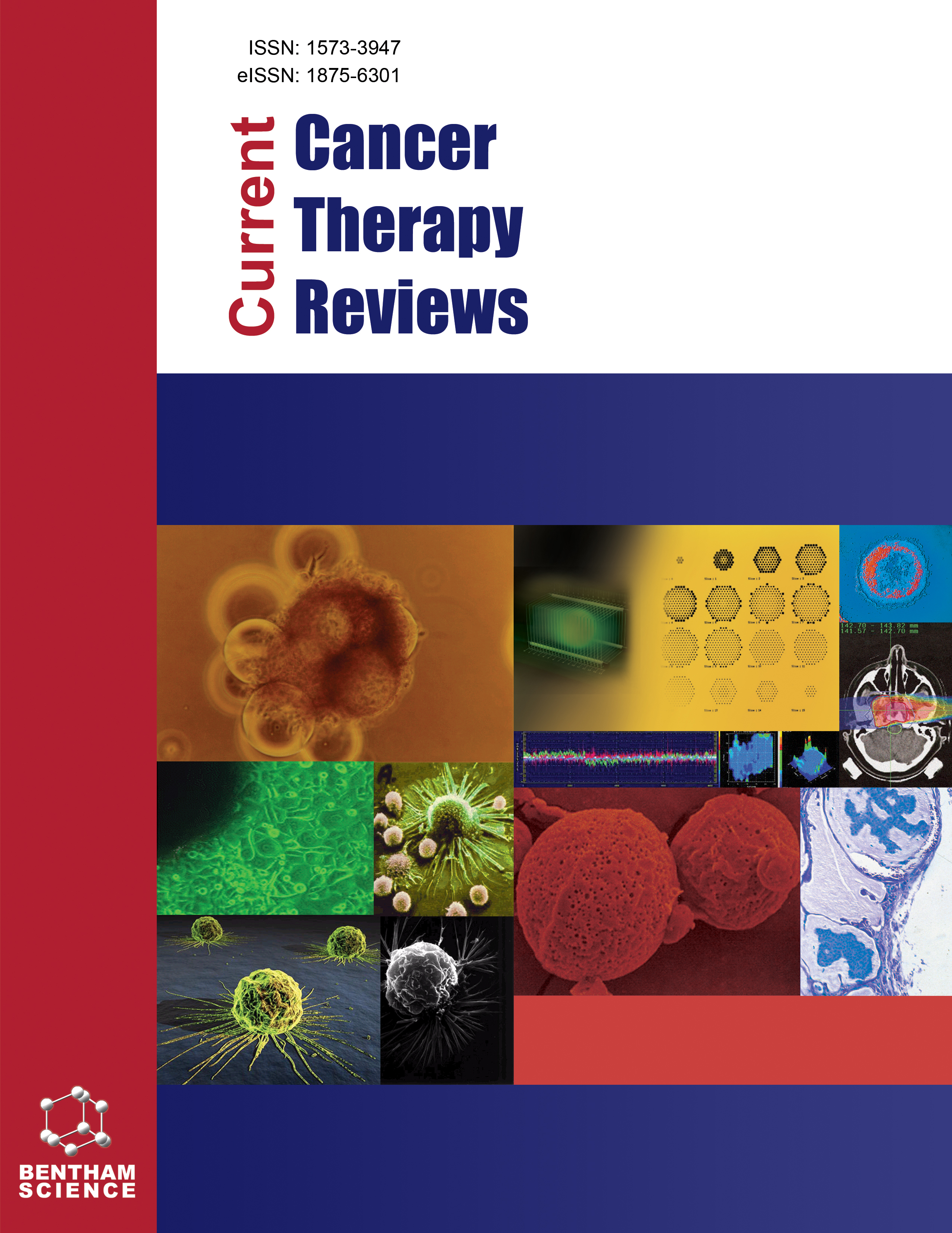
Full text loading...

Immune checkpoint inhibitors have become a key component of tumor immunotherapy, which has produced remarkable therapeutic results. Therefore, it is essential to precisely screen patients to understand and predict the treatment's effectiveness. In recent years, in the healthcare profession, the use of Artificial Intelligence has led to a growing body of research suggesting that Artificial Intelligence technology can enhance precision medicine by better anticipating the effectiveness of immunotherapy. This paper highlights the research developments and applications of the existing prediction models, which are based on data from histopathology slides, genomes, and proteomics. In addition, we identified the current obstacles Artificial Intelligence is facing in the field of immunotherapy as well as the future paths that still require improvement. This will serve as a guide for the early adoption of Artificial Intelligence-enabled diagnostic and management systems in the coming years.

Article metrics loading...

Full text loading...
References


Data & Media loading...